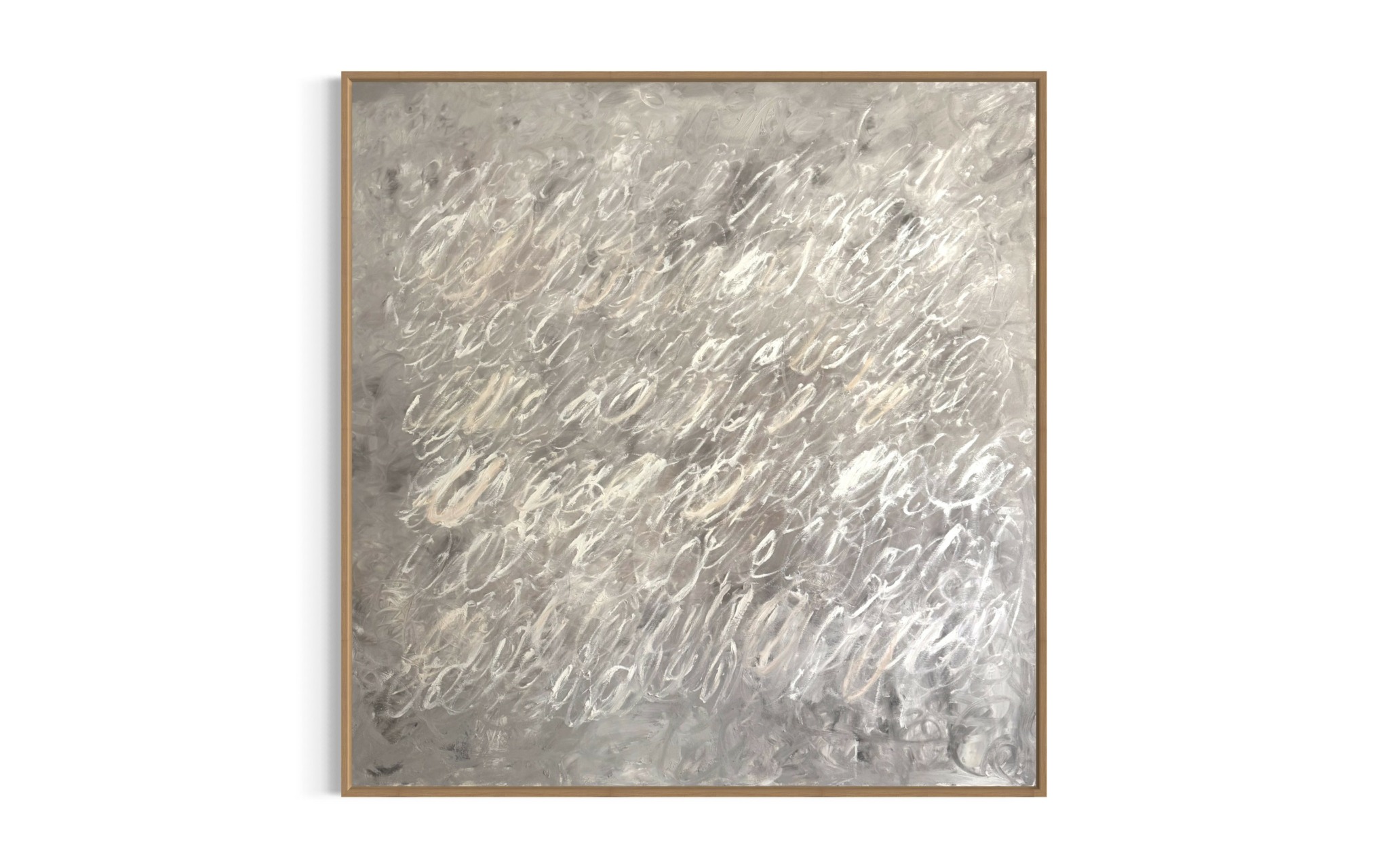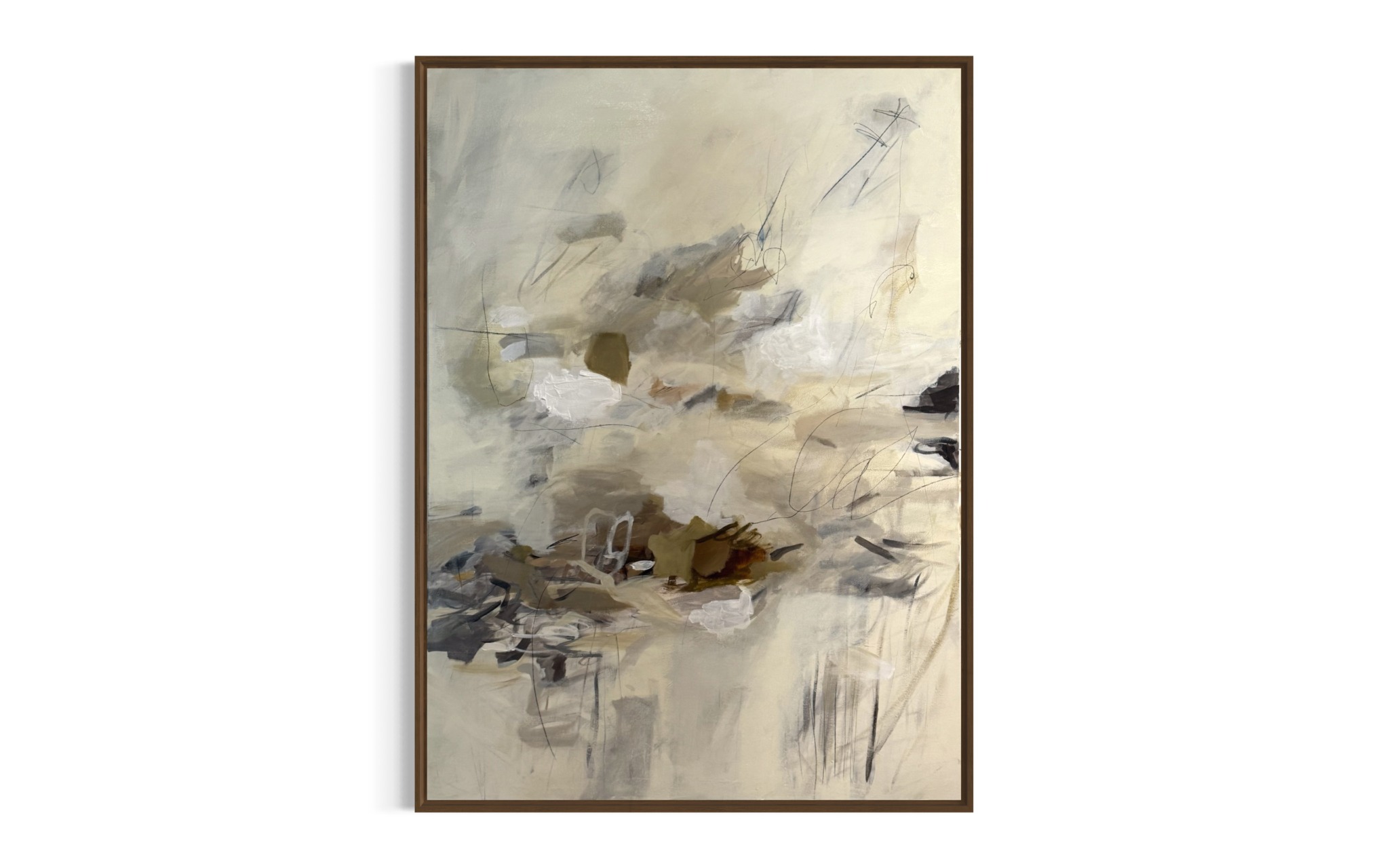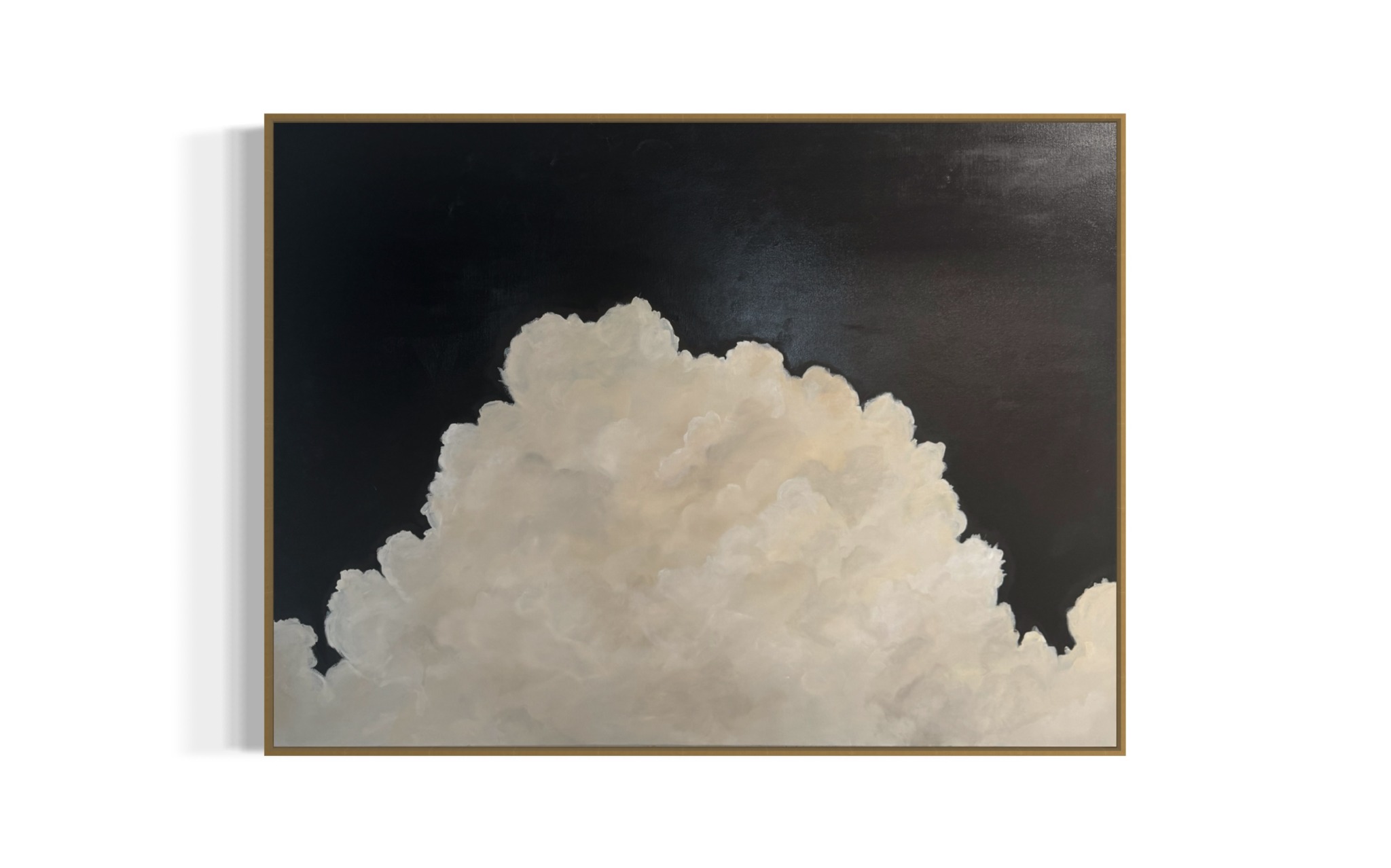We recently connected with Camille Cornett and have shared our conversation below.
Hi Camille, thanks for joining us today. When did you first know you wanted to pursue a creative/artistic path professionally?
I feel like it’s always been in me. I grew up taking art classes, loved it all through high school, and even though I went on to study fashion merchandising and business in college, that creative side never really left. If anything, those experiences just added to the way I think about design and presentation.
The real shift happened when we moved into a bigger house with these huge empty walls. All of a sudden, I had the freedom and space to actually explore all the inspiration I’d been holding in.. What started as me painting pieces for our home quickly turned into something I couldn’t stop doing, and that’s when it clicked that this was the path I really wanted to follow.


Awesome – so before we get into the rest of our questions, can you briefly introduce yourself to our readers.
I’m an abstract artist living in Fairhope, Alabama, and I’ve honestly been creating in one way or another for as long as I can remember. I took art classes growing up and loved it in high school, then later studied fashion merchandising and business in college. At the time I didn’t realize how much those experiences would come back around, but they really shaped the way I think about design, presentation, and the business side of creativity.
The moment things clicked for me as a painter was when we moved into a bigger house with these huge empty walls. I suddenly had the space to let out all the inspiration I had been storing up for years. At first I was painting just for our home, but once I started, I couldn’t stop. It grew into something much bigger and became the career path I didn’t even know I had been waiting for.
Most of my work is large-scale abstract paintings that are influenced by nature, shifting seasons, and the coastal atmosphere here on the bay. I love that abstract art can completely change the feeling of a room and that people connect to it in their own personal way.
What sets my work apart is that I paint in layers and let each piece evolve on its own. It’s a very intuitive process, and I love when a canvas ends up with this sense of depth and history, almost like it has its own story. Because of my background in fashion and business, I also think a lot about how my work will live in a space, how it interacts with interiors, and how it can feel both bold and harmonious.
I’m proud of the relationships I’ve built along the way with collectors, designers, and galleries who have welcomed my work. But what makes me happiest is seeing a piece find its place in someone’s home and become part of their daily life.
The main thing I want people to know about my work is that it’s personal, but it’s also meant to be lived with. Each painting is about mood, texture, and feeling, but it’s also about creating something timeless that can shift with the light and keep surprising you the more time you spend with it.


Are there any books, videos or other content that you feel have meaningfully impacted your thinking?
I pick up inspiration in little bits everywhere. I wouldn’t say there’s one magic book that changed everything for me, but I do love listening to podcasts and interviews with other creatives. Hearing how people juggle the business side with the creative side always feels like a good pep talk.
My background in fashion merchandising and business has probably influenced me the most. Even though I didn’t realize it at the time, it gave me this natural way of thinking about presentation, branding, and how people experience a product. Now I get to apply that to art, which makes it feel full circle.
I also really loved Rick Rubin’s The Creative Act. It’s not a “how-to” business book at all, but it’s such a good reminder to keep your creative voice front and center and not lose sight of why you started in the first place.
Honestly though, a lot of my “management philosophy” has just come from trial and error in the studio. You learn quickly what works and what doesn’t when you’re the one wearing all the hats.


Let’s talk about resilience next – do you have a story you can share with us?
I have learned along the way that no does not always mean never. Sometimes it simply means not now. In the beginning every no felt personal because the work is so personal. Over time I realized it is also business, and part of resilience is understanding that not everyone is your customer. Finding the right people who connect with your work is part of the puzzle. That shift in perspective has been huge for me. It makes rejection feel less like an ending and more like a redirection toward the right fit.
I have also come to believe that it is important not to get tied to one look or subject. Changing things up keeps me learning new skills and exploring different mediums, which makes the work feel alive. Resilience for me is not just pushing through setbacks, but also staying open and curious. If something does not work, I try to see it as part of the process rather than a failure. Each experiment teaches me something and keeps me moving forward.
Contact Info:
- Website: https://camillecornett.art
- Instagram: camillecornettart


Image Credits
Headshot and Booth Photo: Jennifer Graham Photography ig: jengrahamphoto


